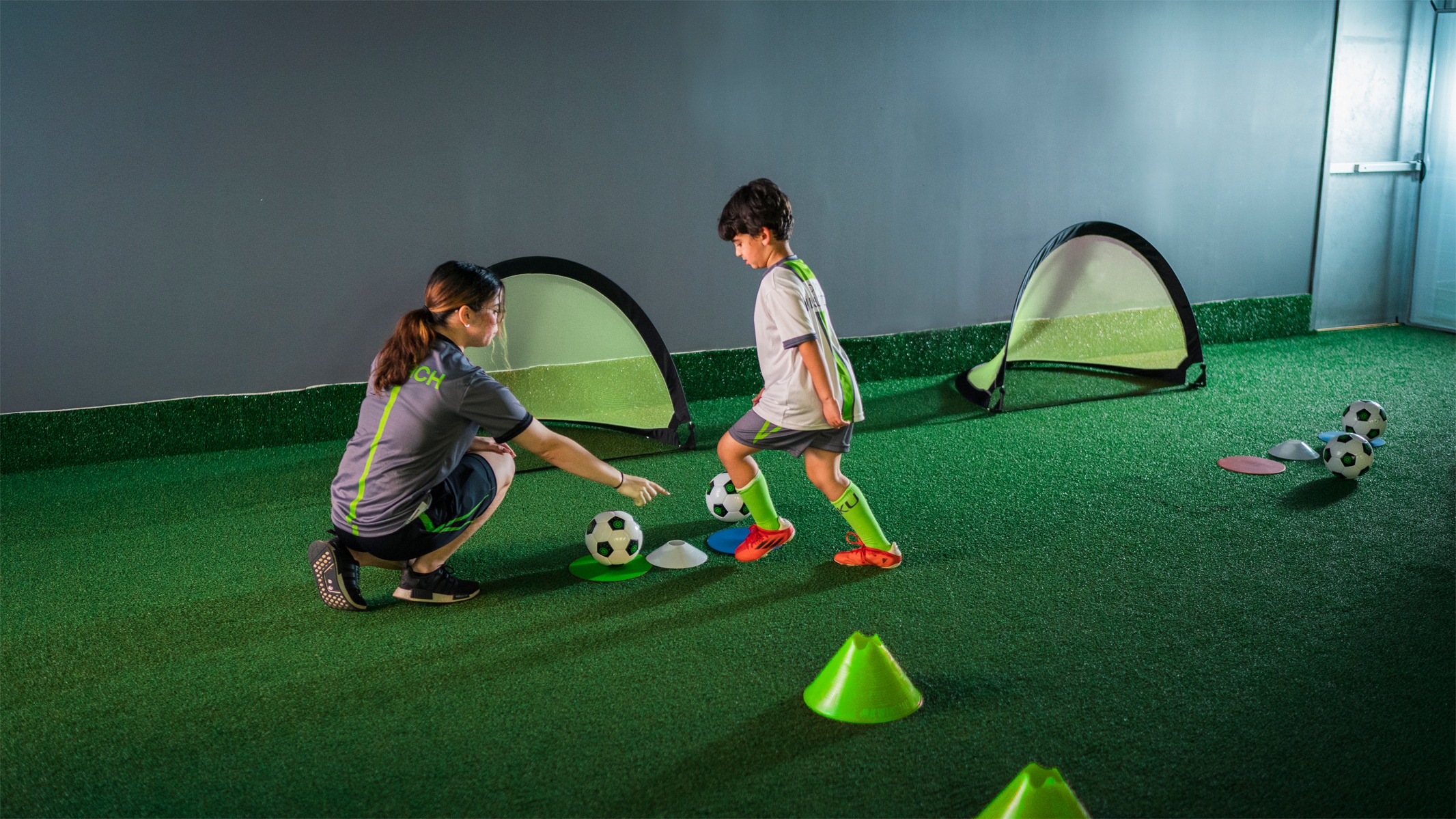
Finding the right soccer ball size for your child is very important to their future in the sport, especially if they are serious in playing soccer long term. Having the right soccer ball size makes all the difference for a child learning to play soccer. Soccer is one of the most popular sports in the world, which is why choosing the right soccer ball size is one of the most important factors in playing soccer. Which is why finding the right ball size can impact the way the game is played, as well as the player’s ability to control the ball. In this blog post, we’ll explore the different soccer ball sizes and how to choose the right one for your needs.
Soccer balls come in four different sizes: size 1, size 3, size 4, and size 5. Each size is designed for a specific age group or skill level, and the size determines the weight and circumference of the ball.
Size 1: Size 1 soccer balls are the smallest and are typically used for toddlers and young children. They are not used for organized soccer games but rather for playtime and basic skills development. They are typically around 18-20 inches in circumference and weigh around 8-10 ounces.
Size 3: Size 3 soccer balls are designed for children between the ages of 8 and 12 years old. They are smaller and lighter than size 5 balls, making them easier for children to control and kick. They are typically around 23-24 inches in circumference and weigh around 11-12 ounces.
Size 4: Size 4 soccer balls are designed for children between the ages of 13 and 16 years old. They are slightly smaller than size 5 balls, making them easier for young players to handle. They are typically around 25-26 inches in circumference and weigh around 12-13 ounces.
Size 5: Size 5 soccer balls are the standard size used in professional and amateur soccer games around the world. They are designed for players over the age of 16 and are the largest and heaviest of all the soccer ball sizes. They are typically around 27-28 inches in circumference and weigh around 14-16 ounces.
Choosing the right soccer ball size for your child is important for both comfort and performance. The wrong size ball can lead to difficulty controlling the ball, decreased accuracy, and even injury. Here are some tips for choosing the right soccer ball size:
Age and skill level: As mentioned, soccer ball sizes are typically designed for specific age groups and skill levels. Make sure to choose a ball that is appropriate for the player’s age and skill level.
Circumference: The circumference of the ball should be comfortable for the player to handle. If the ball is too large, the player may struggle to get a good grip on it. If it’s too small, it may be difficult to control.
Weight: The weight of the ball should also be considered. A ball that is too heavy may be difficult to kick or control, while a ball that is too light may not provide enough resistance for accurate shooting and passing.
Playing surface: The playing surface can also impact the type of ball used. For example, a harder playing surface such as turf may require a ball with less bounce, while a softer surface such as grass may require a ball with more bounce.
Choosing the right soccer ball size is important for both comfort and performance. It’s important to consider the age and skill level of the player, as well as the circumference and weight of the ball. By taking these factors into account, you can ensure that you have the right ball for your needs and get the most out of your soccer experience.
check out our Facebook page to see some of our fantastic franchise success stories!